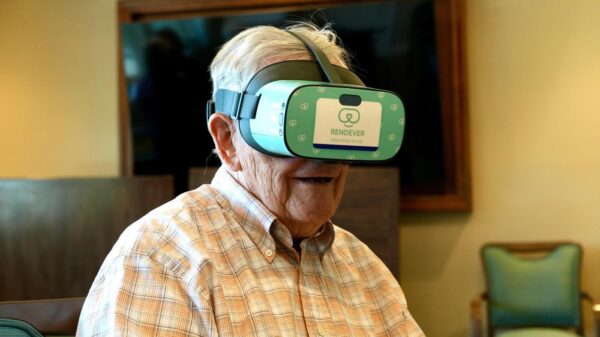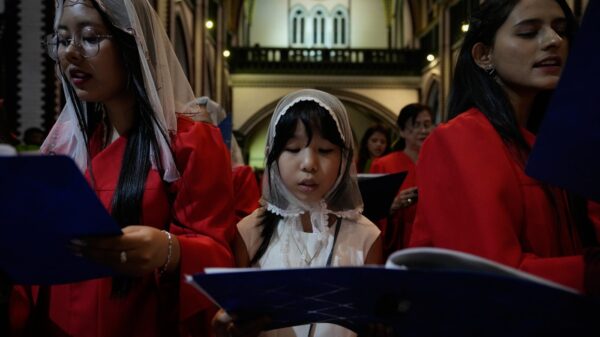A newly developed algorithm promises to significantly enhance images captured by ground-based telescopes, making them comparable to those obtained from space observatories. The algorithm, named Image MM, was successfully tested on the Subaru Telescope located on Mauna Kea, Hawaii, and will next be applied to data from the Vera C. Rubin Observatory, which is set to commence its scientific operations later this year.
The algorithm was created by mathematician Yashil Sukurdeep from Johns Hopkins University. In a statement, Sukurdeep explained that the name Image MM derives from the Majorization–Minimization method at its core. This mathematical approach has been adapted for the purpose of improving astronomical imaging.
Ground-based telescopes have historically faced challenges due to the atmospheric interference that distorts light as it travels to Earth. Factors like temperature fluctuations and airborne particles contribute to a phenomenon known as “seeing,” which causes stars to appear to twinkle. Astronomers continually strive to enhance image quality to reach the theoretical resolution limit, known as the Dawes limit.
Current techniques, such as adaptive optics, involve shining lasers to create artificial guide stars, enabling astronomers to make precise adjustments to telescope optics. Yet, as Sukurdeep pointed out, existing methods often fail to eliminate all noise and blur, nor do they adequately address missing pixel data. He stated, “Our framework can recover a near-perfect image from a series of imperfect observations.”
The Image MM algorithm functions by simulating how light from celestial objects passes through the distorting atmosphere and then applying this model to the captured images. Sukurdeep likened the atmosphere to a “restless sheer curtain” that blurs the view of the cosmos. His innovative algorithm aims to peer through this curtain, reconstructing the sharp images that lie beyond.
Preliminary tests on the Subaru telescope have yielded results that are sharper and more detailed than previously achievable. The next application of this technology will be at the Vera C. Rubin Observatory in Chile, where one of the main objectives is to map the distribution of dark matter in the universe. This mapping involves measuring the subtle gravitational lensing effects caused by dark matter, which can distort the appearance of distant galaxies.
While space telescopes like the Hubble and James Webb Space Telescopes generally produce superior images, their narrow fields of view limit their observational capabilities. In contrast, the Rubin Observatory boasts a wide field of view of 3.5 degrees—approximately the angular diameter of seven full moons. The application of Image MM promises to sharpen these images, enhancing the accuracy of measurements related to weak gravitational lensing.
Tamás Budavári from Johns Hopkins University emphasized the significance of even minor improvements in image quality from billion-dollar ground-based observatories. He stated, “Gaining even just a small degree of depth and quality improvement from these observations can be huge.”
Although the images produced by space telescopes will remain unmatched, the advancements brought by Image MM represent a significant step forward for ground-based astronomy. Sukurdeep remarked, “We’ll never have ground truth, but we think this is as close as it currently gets to perfect for ground-based telescopes.”
A paper detailing the Image MM algorithm and its test results was published on September 29, 2023, in The Astronomical Journal. As the Vera C. Rubin Observatory prepares for its upcoming science operations, the potential for enhanced astronomical discoveries is on the horizon.







































































